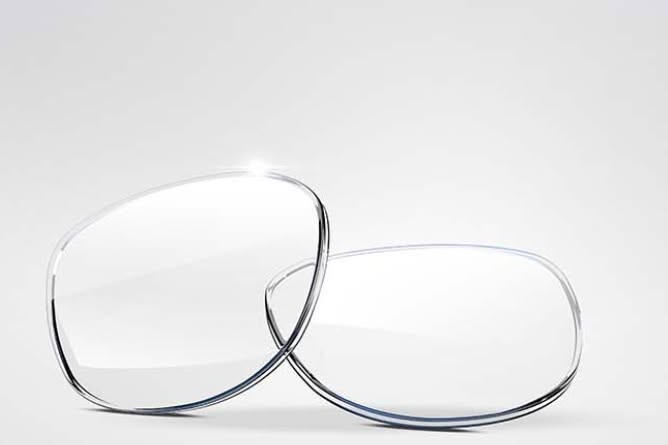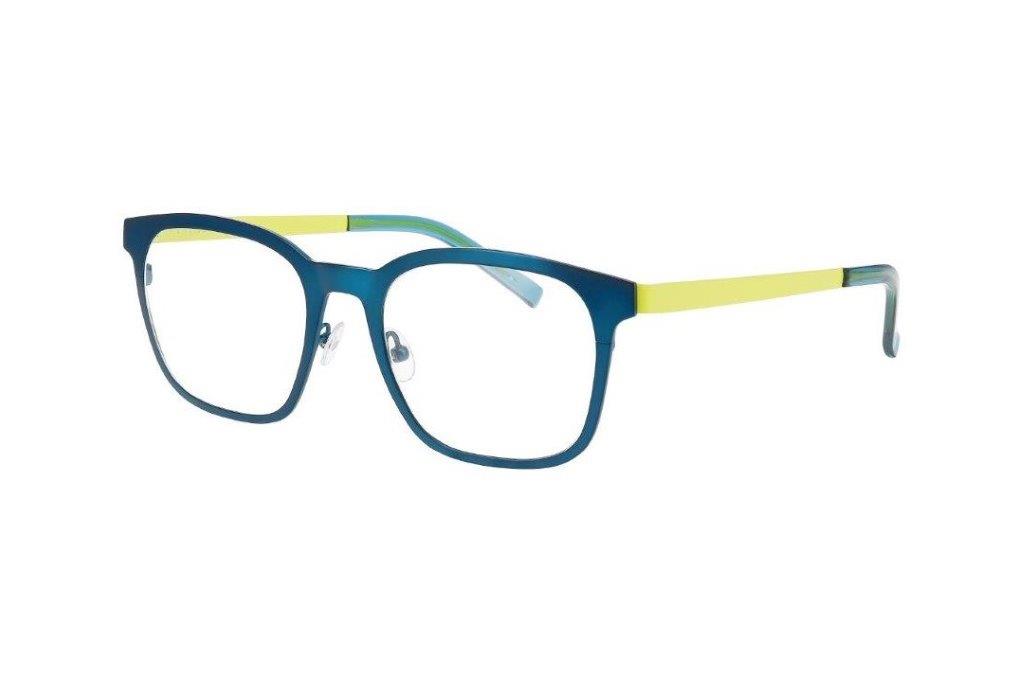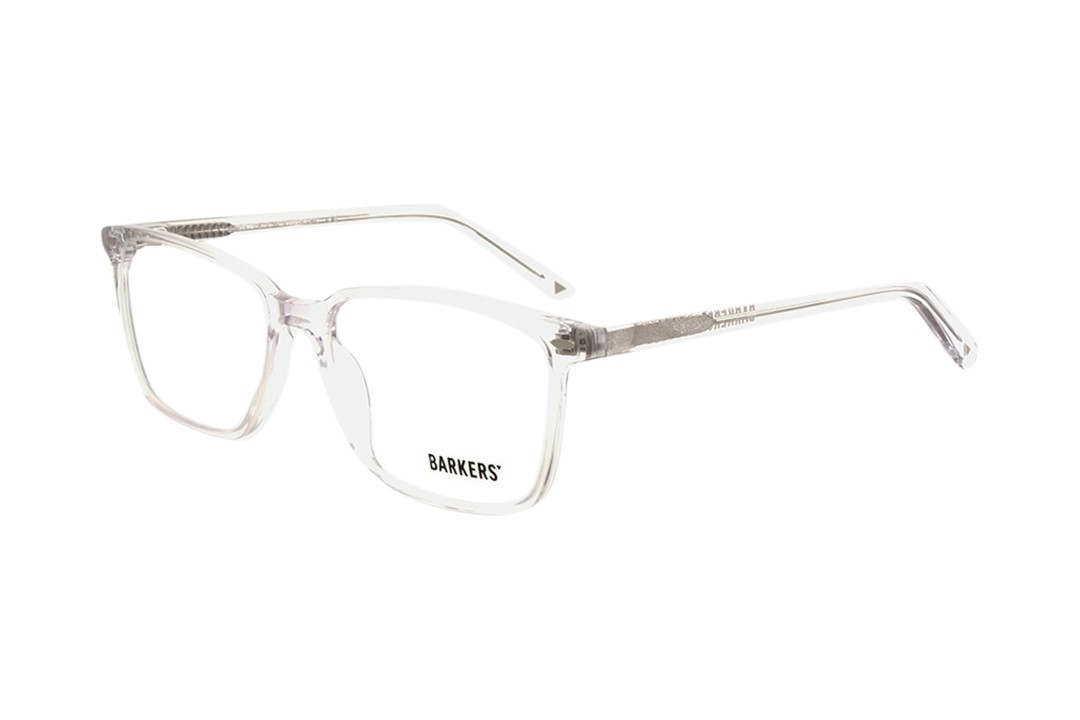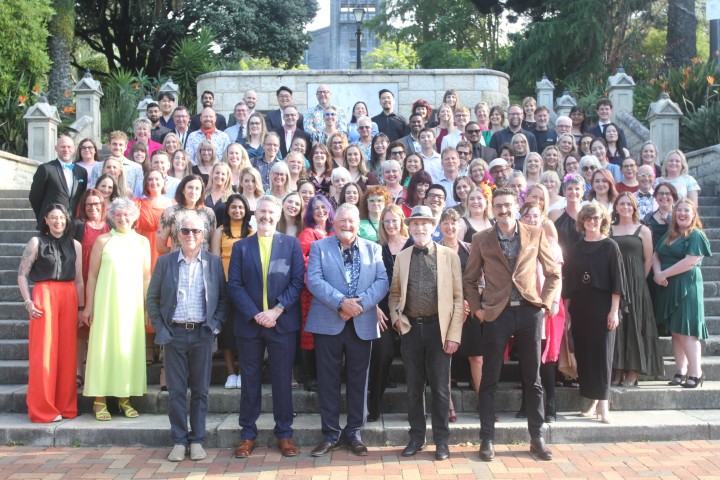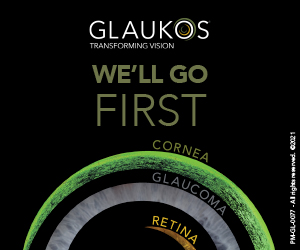Global lens prescribing trends
A gradual and substantial increase in daily disposable contact lens (CL) fitting has occurred across the globe since the 2000s, corresponding to the introduction of daily disposable lens design and expanded parameter ranges, a British Contact Lens Association (BCLA) review found.
Co-authored by Professor Philip Morgan, head of optometry and director of Eurolens Research at the University of Manchester, the review found daily disposable lens prescribing increased from 17.1 % of daily wear soft lens fits in 2000 to 46.7 % in 2023.
Significant prescribing differences between countries were highlighted by the review, which authors suggested could be due to the perceived and actual higher cost of this lens type for full-time wearers and potential historical reasons. Some countries with high prescribing rates, such as the UK and Denmark, were “test beds” for some of the early clinical trials of daily disposable lenses and benefited from early product releases.
On average, replacement frequencies were recorded as: daily 47%, monthly 42%, 1–2 weekly 9%; and ≥three-monthly 2%. The latter consisted of niche products generally reserved for custom-made or specialty lenses, which explains why it represents only 2% of daily wear soft lens fits, authors explained.
Rigid lens slight uptick
Looking at rigid lens prescribing, the review found a slight increase in rigid lens fitting, from 14.2% of lens fits in 2000 to 15.2% in 2023.
However, the change over time is best described as a decline between 2000 and 2012, followed by a steady increase, which authors attributed to the “repurposing” of rigid lenses, with the growth of scleral/corneo-scleral and myopia control/orthokeratology lens fits essentially replacing conventional spherical corneal lens fits.
Conducting an annual survey of CL prescribing in up to 71 countries since 1996, the authors have published two recent papers in Contact Lens and Anterior Eye, on daily disposable CLs and rigid lenses, respectively.









